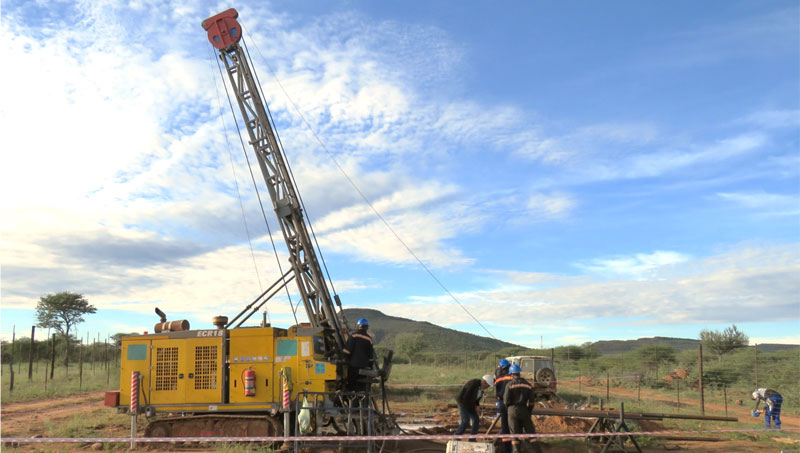Tanga adds more promising Namibian ground to its bulging portfolio

Picture Getty Images
Special Report: Tanga Resources is expanding its Namibian operations into an area rich with major deposits and low on modern exploration.
Tanga Resources’ (ASX: TRL) bid to establish a dominant position along one of Namibia’s most prospective mineral belts has taken another step forward with the company signing a new agreement with national mining company Epangelo.
The agreement announced on Thursday provides for Tanga to earn an initial 80% equity interest in two granted exploration licences, EPL 4833 and EPL 4818, on the Damara Orogenic Belt in central northern Namibia.
Combined with Tanga’s Hagenhof copper-gold-cobalt project and the Joumbira zinc-lead-silver project, the two new licences will increase the ASX-listed company’s land position on the Damara Belt to more than 1,700 sq km.
The company said the new licences have had very little modern exploration conducted on them but regional aeromagnetic data shows a major north-south trending structure running through EPL 4833 and continuing north into the Hagenhof licence.
- Subscribe to our daily newsletter
- Bookmark this link for small cap news
- Join our small cap Facebook group
- Follow us on Facebook or Twitter
The licences are also close to several major deposits including Toronto-listed B2Gold’s high grade Ondundu gold joint venture, 10km to the north-west, and the privately owned five million ounce-plus Navachab gold mine, 100km to the south. B2Gold’s Otjikoto gold mine also lies 200km to the north-east.

New ground, old friends
Tanga chief executive officer Matthew Bowles said: “This is a key strategic step for Tanga and aligns with our strategy for Namibia.
“Our exploration program that is currently underway will now be expanded to include the new licences and we look forward to keeping the market informed on further progress.”
To earn an initial 51% in the licences, Tanga must spend $500,000 on exploration by whichever comes later – June 30, 2020 or 12 months following the renewal of EPL 4833.
The company would then issue Epangelo with five million new shares and pay $100,000.
To increase its interest to 80%, Tanga would need to solely fund another $1.5 million of exploration within 24 months of reaching 51%.
The agreement marks a continuation of the relationship between Tanga and Epangelo, with the Namibian company a joint venture partner in the Joumbira zinc project as well.
Tanga announced in early February the commencement of its 2019 exploration program in Namibia.
The initial focus is Hagenhof, where the company has planned a 1,200m reverse circulation drilling program to test the grade and tenor of historical copper mineralisation.
Promising results on limited drilling
Limited drilling conducted by Phelps Dodge at Hagenhof in 1972 returned intercepts including 18 metres at 0.9% copper from 93 metres until the end of hole and 24 metres at 0.88% copper from 74 metres until the end of hole.

Tanga intends to analyse samples from the upcoming program for the presence of multiple elements including gold, which samples from the historical drilling were never tested for.
A tenement-wide surface sampling and mapping program targeting base and precious metals has also begun at Hagenhof.
Tanga deftly shifted focus to Namibia in mid-2017 after legislative changes affected the progress of the company’s promising Hanang gold project in Tanzania.
Tanga Resources is a Stockhead advertiser.
This advice has been prepared without taking into account your objectives, financial situation or needs. You should, therefore, consider the appropriateness of the advice, in light of your own objectives, financial situation or needs, before acting on the advice. If this advice relates to the acquisition, or possible acquisition, of a particular financial product, the recipient should obtain a disclosure document, a Product Disclosure Statement or an offer document (PDS) relating to the product and consider the PDS before making any decision about whether to acquire the product.
UNLOCK INSIGHTS
Discover the untold stories of emerging ASX stocks.
Daily news and expert analysis, it's free to subscribe.
By proceeding, you confirm you understand that we handle personal information in accordance with our Privacy Policy.








